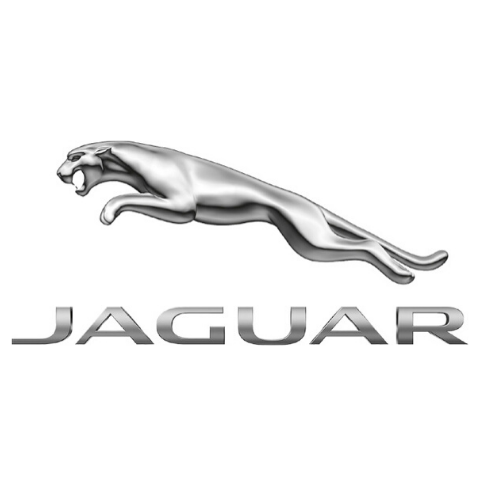1954 Jaguar C-Type Carrera Panamericana

The descriptions of the Classic Cars in the Directory were partly generated or supplemented with the help of artificial intelligence (AI). The content may occasionally not always be entirely accurate or factually correct despite careful checking.
The Jaguar C-Type Carrera Panamericana 1954 is a true masterpiece of automotive engineering that combines unparalleled technical innovation with iconic design. At its core, this stunning racing car is an evolution of the Jaguar XK120, which was itself born out of the legendary 24 Hours of Le Mans-winning XK120C. However, the C-Type takes things to an entirely new level, offering exceptional speed, agility, and handling that make it a true force to be reckoned with on the track.
One of the most notable technical features of the Jaguar C-Type Carrera Panamericana 1954 is its lightweight yet durable construction. The car features a tubular frame that is significantly lighter than the XK120C's chassis, while still maintaining impressive strength and rigidity. This is paired with a sleek, aerodynamic body made from lightweight aluminum that helps reduce drag and enhance speed. In total, the car weighs just over 1,500 pounds, making it one of the lightest racing cars of its time.
Powering the C-Type is a 3.4-liter inline-six engine that delivers 220 horsepower, thanks in large part to its high-performance cylinder head, twin camshafts, and triple SU carburetors. This engine is paired with a four-speed manual transmission that offers precise, responsive shifting for maximum control on the track. The car also features a number of suspension and handling innovations, including torsion bar front suspension and a live rear axle with longitudinally mounted leaf springs. This results in excellent balance and responsiveness at high speeds, along with exceptional handling that allows for tight cornering and effortless maneuverability.
Other technical features of the Jaguar C-Type Carrera Panamericana 1954 include powerful drum brakes, twin fuel tanks for extended range, and a streamlined cockpit with a distinctive wraparound windscreen. The car also features a number of performance enhancements, including a high-lift camshaft, lightweight pistons, and an improved exhaust system that offer even greater speed and power on the track.
In terms of aesthetics, the Jaguar C-Type Carrera Panamericana 1954 is a true work of art. Its striking design features a flowing, aerodynamic body that curves gracefully around the wheels, while beneath the bonnet sits a beautifully crafted engine that is as much a visual feast as it is a technical masterpiece. The car's distinctive green and yellow livery, with its bold racing stripes and iconic Jaguar emblem, adds to its already potent visual appeal, making this a truly unforgettable racing machine.
All in all, the Jaguar C-Type Carrera Panamericana 1954 is a technical marvel that represents the pinnacle of racing car design and engineering. With its lightweight construction, high-performance engine, and exceptional handling, this iconic machine is a true legend of the track and a joy to behold for automotive enthusiasts and racing fans alike.
Milestones
- 1953: Jaguar forms a partnership with lightweight car manufacturer, Bristol Aeroplane Company - April 1954: Jaguar unveils the C-Type Carrera Panamericana at the New York Auto Show - April 25-30, 1954: The C-Type competes in the Carrera Panamericana race in Mexico, driven by Stirling Moss and Norman Dewis - Stage 6 of the race: Moss sets the fastest average speed of the race at 107.99 mph - Stage 7 of the race: Dewis survives a crash and is able to repair the C-Type to continue racing - Stage 8 of the race: Moss sets another fastest average speed at 103.85 mph - April 30, 1954: Moss and Dewis win the Carrera Panamericana race in the C-Type - May 1954: Jaguar announces it will produce a limited run of 54 C-Type cars for public sales - 1955: The C-Type wins the 24 Hours of Le Mans race, driven by Mike Hawthorn and Ivor Bueb.Technical
- 3.4-liter inline six-cylinder engine - 220 horsepower - Lightweight aluminum body - Disc brakes all around - Four-speed manual transmission - Independent front suspension - Live rear axle with torsion bars - Three Weber carburetors - Top speed of 149 mph - Won the Carrera Panamericana race in 1954

CLASSIC CAR MATCHER
